Study finds evidence of the origin of metal-rich near-earth asteroids
Saturday, 02 October 2021 21:08 Little is known about the population of metal-rich Near-Earth Asteroids (NEAs), their number, origin, and relationship with meteorites found on Earth. A new paper by Planetary Science Institute Associate Research Scientist Juan Sanchez explains how near-infrared spectroscopic data of two NEAs reveals new information about the composition and physical properties of these bodies.
"We find th
Little is known about the population of metal-rich Near-Earth Asteroids (NEAs), their number, origin, and relationship with meteorites found on Earth. A new paper by Planetary Science Institute Associate Research Scientist Juan Sanchez explains how near-infrared spectroscopic data of two NEAs reveals new information about the composition and physical properties of these bodies.
"We find th Dust collected from a speeding asteroid analyzed with massive accelerator
Saturday, 02 October 2021 21:08 It's not uncommon for scientists to bring interesting objects thousands of miles to Argonne National Laboratory for study. But it's fair to say that the latest of these to land at the laboratory came from much, much farther away.
A team of scientists with Argonne and the University of Chicago is among the few groups around the world chosen to study tiny fragments of an asteroid. These dust
It's not uncommon for scientists to bring interesting objects thousands of miles to Argonne National Laboratory for study. But it's fair to say that the latest of these to land at the laboratory came from much, much farther away.
A team of scientists with Argonne and the University of Chicago is among the few groups around the world chosen to study tiny fragments of an asteroid. These dust Europe-Japan space mission captures images of Mercury
Saturday, 02 October 2021 21:08 The European-Japanese BepiColombo spacecraft has sent back its first images of Mercury, the nearest planet to the Sun, the European Space Agency said Saturday.
The images were obtained almost three years after the unmanned mission vessel was launched aboard an Ariane 5 Rocket.
The cameras attached the BepiColombo provided black-and-white images, the ESA said in a statement.
But as th
The European-Japanese BepiColombo spacecraft has sent back its first images of Mercury, the nearest planet to the Sun, the European Space Agency said Saturday.
The images were obtained almost three years after the unmanned mission vessel was launched aboard an Ariane 5 Rocket.
The cameras attached the BepiColombo provided black-and-white images, the ESA said in a statement.
But as th 5G from Space: Airbus and partners to study standards
Saturday, 02 October 2021 21:08 Space based network infrastructure will very soon complement the 5G terrestrial mobile networks that are currently being deployed. This will lead to satellite communications becoming an integrated and indispensable part of the global telecommunications ecosystem with the potential to grow existing market segments such as backhauling and to expand into new areas such as hybrid networks and the In
Space based network infrastructure will very soon complement the 5G terrestrial mobile networks that are currently being deployed. This will lead to satellite communications becoming an integrated and indispensable part of the global telecommunications ecosystem with the potential to grow existing market segments such as backhauling and to expand into new areas such as hybrid networks and the In NASA software helps weather forecasting around the globe
Saturday, 02 October 2021 21:08 The 2020 hurricane season was one of the most active on record, and 2021's is shaping up to be as well, according to the National Oceanic and Atmospheric Administration (NOAA). Each year, large-scale weather events like hurricanes and blizzards cause millions of dollars in damage to homes and businesses. To help prevent unnecessary losses, the National Weather Service mission of NOAA makes obser
The 2020 hurricane season was one of the most active on record, and 2021's is shaping up to be as well, according to the National Oceanic and Atmospheric Administration (NOAA). Each year, large-scale weather events like hurricanes and blizzards cause millions of dollars in damage to homes and businesses. To help prevent unnecessary losses, the National Weather Service mission of NOAA makes obser Researchers reveal a wobbly and flared Milky Way disk based on LAMOST-Gaia data
Saturday, 02 October 2021 21:08 Astronomers, from National Astronomical Observatories of Chinese Academy of Sciences (NAOC), Shanghai Astronomical Observatory of CAS and Nanjing University, revealed a wobbly and flared Milky Way disk based on LAMOST-Gaia data, which updates our understanding about the disk.
The Milky Way is a typical disk galaxy. In the classical view of the Milky Way, the disk is symmetric and flat on t
Astronomers, from National Astronomical Observatories of Chinese Academy of Sciences (NAOC), Shanghai Astronomical Observatory of CAS and Nanjing University, revealed a wobbly and flared Milky Way disk based on LAMOST-Gaia data, which updates our understanding about the disk.
The Milky Way is a typical disk galaxy. In the classical view of the Milky Way, the disk is symmetric and flat on t Space Force says upcoming meeting with industry won’t be business as usual
Saturday, 02 October 2021 15:59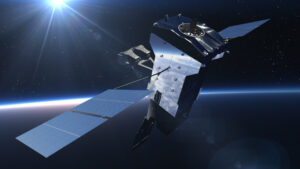
The SWAC briefing Oct. 27 is not about contract opportunities but rather a strategic-level discussion about capabilities the Space Force will need in the coming years.
BepiColombo’s first views of Mercury
Saturday, 02 October 2021 09:00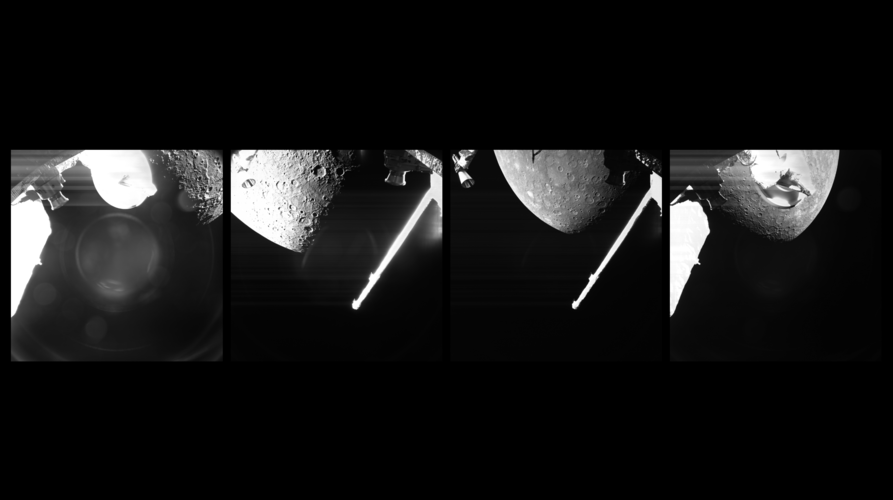
The ESA/JAXA BepiColombo mission has captured its first views of its destination planet Mercury as it swooped past in a close gravity assist flyby last night.
DoD seeks ideas for connecting government and commercial satellites
Friday, 01 October 2021 22:23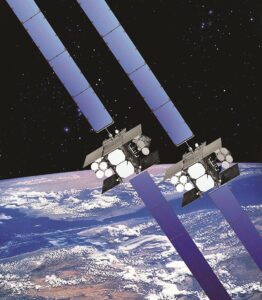
The Defense Innovation Unit in a new solicitation is asking the companies for ideas on how to build a “hybrid architecture” of government and commercial satellites.
Tomorrow.io wins Air Force funding for weather satellite constellation
Friday, 01 October 2021 17:34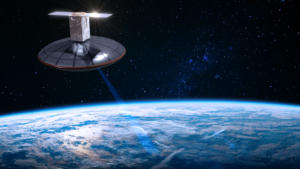
Tomorrow.io won a $19.3 million contract from the U.S. Air Force to support deployment of a constellation of approximately 32 radar-equipped weather satellites.
First SLS launch likely to slip to 2022
Friday, 01 October 2021 17:06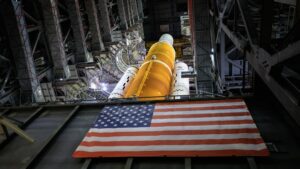
A top NASA official says the agency will soon set a target launch date for the first Space Launch System mission, but that it’s “more than likely” it will slip into early 2022.
'Mini psyches' give insights into mysterious metal-rich near-Earth asteroids
Friday, 01 October 2021 16:23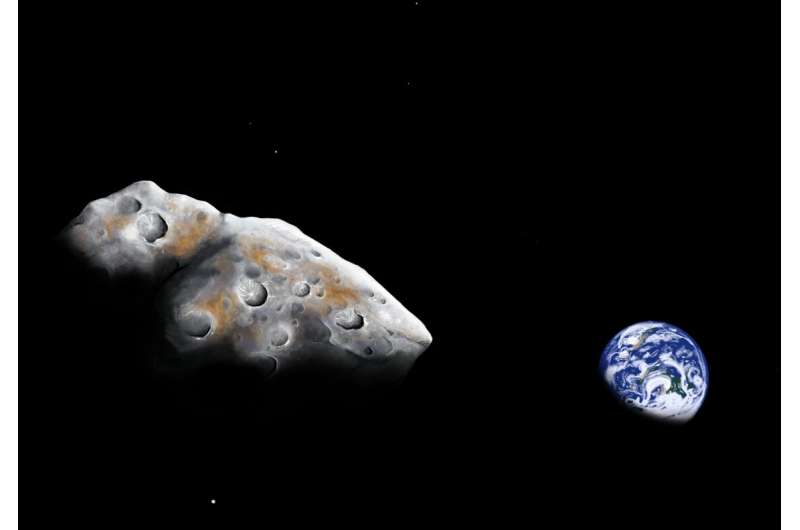
Metal-rich near-Earth asteroids, or NEAs, are rare, but their presence provides the intriguing possibility that iron, nickel and cobalt could someday be mined for use on Earth or in Space.
New research, published in the Planetary Science Journal, investigated two metal-rich asteroids in our own cosmic backyard to learn more about their origins, compositions and relationships with meteorites found on Earth.
These metal-rich NEAs were thought to be created when the cores of developing planets were catastrophically destroyed early in the solar system's history, but little more is known about them.
Space archaeology study: Life & culture on the International Space Station
Friday, 01 October 2021 14:32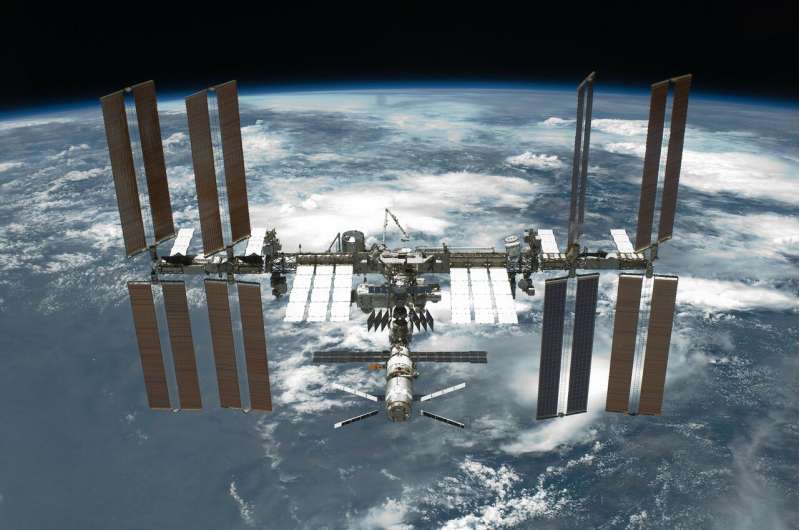
In an out of this world study, space archaeologists are reconstructing life on the International Space Station (ISS) over the past two decades, to better understand space culture and get an inside look at how astronauts interact with their tools and colleagues when above Earth.
The ability to understand the 'microsociety' of crews onboard the ISS will offer a window into how life in space functions, as humans consider interplanetary exploration. So how is this gravity defying research made possible?
Internationally recognized space archaeologist, Associate Professor Alice Gorman at Flinders University, says ISS researchers won't be able to travel to the space station themselves, instead opting to use millions of photographs taken onboard over nearly two decades, to document developments and changes within the station's lifestyle and cultural makeup.
"Fortunately for us, the first occupation of the ISS coincided with the emergence of digital photography," says Associate Professor Gorman.
"The images include metadata recording the time and date, which become an excavation, linking the contents of images to moments in time. Given that the crew takes approximately 400 photographs per day, images depicting the station interior now number in the millions.
Ball Aerospace and L3Harris win NOAA instrument study contracts
Friday, 01 October 2021 14:07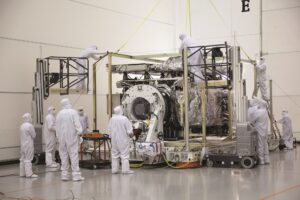
The National Oceanic and Atmospheric Administration awarded contracts to Ball Aerospace & Technologies and L3Harris Technologies to study instruments for Geostationary and Extended Observations (GeoXO), the agency’s next generation of geostationary satellites.


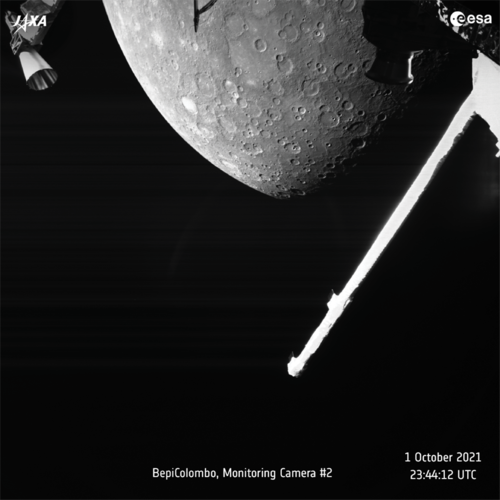 Image:
Hello Mercury
Image:
Hello Mercury